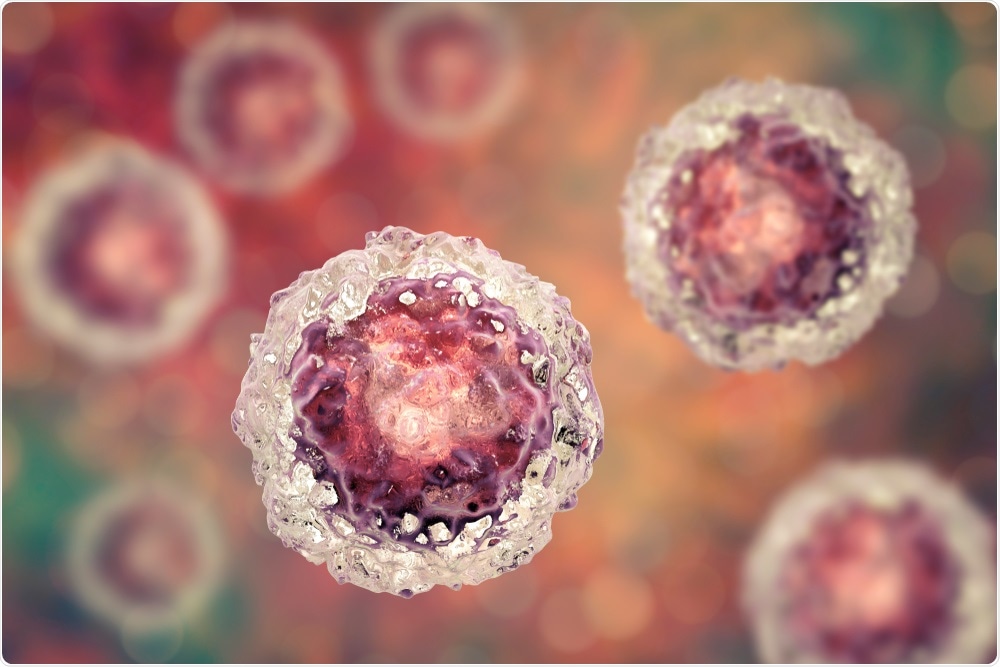
Chemical signals influence guest-host protocell interactions
Scientists at the University of Bristol have demonstrated that resident artificial cells leave their protocell hosts when triggered by a chemical signal that causes them to behave antagonistically.
The finding could help improve researchers’ understanding of how to design synthetic materials with life-like properties.
 Image Credit: Kateryna Kon / Shutterstock
Image Credit: Kateryna Kon / ShutterstockLiving cells communicate and compete with one another in order to optimize their chance of survival and their collective behavior.
Replicating these processes within synthesized cell-like structures called protocells is difficult, with it being necessary to gather various types of protocells together in close vicinity in order to study their activity.
In a recent study, published the journal Nature Communications, Professor Stephen Mann, FRS, and colleagues describe the behavior of two types of enzyme-containing protocells they have developed.
Once brought together, the protocells formed nested host-guest communities that either cooperated or worked against each other, depending on the strength of a chemical signal the team applied.
A pH-sensitive complex of fatty acids (coacervate) was used as the host protocells and protein-polymer microcapsules called proteinosomes were used as the guest protocells.
By using interactions that would attract the two protocells to each other, the proteinosomes were taken up by the coacervate to create a nested community.
The team then applied charge to the community by capturing glucose oxidase within the proteinosomes and horseradish peroxidase with the coacervate.
When a low amount of glucose was introduced into the environment the two types of protocells cooperated with each other to create a spatially coupled chemical cascade.
However, when this glucose signal was increased, the guest protocells worked against the host protocells, causing a pH-induced disassembly of the host and release of the resident guests.
Interestingly, the researchers found that the disassembled coacervate droplets reconfigured into small vesicles of fatty acids that were then captured within the released proteinosomes, thereby creating a new nested protocell community.
Mann says that although the research is in the preliminary stages, the hope is to design dynamic interaction networks in synthetic protocell communities.
Source:
This news article was written on the basis of a press release published by the University of Bristol.























.png)











No hay comentarios:
Publicar un comentario